AN IDEA IS BORN
When I was in 7th grade, I received an assignment about what I wanted to accomplish “long term.” I was attending Madison Park Elementary School, studying in the high achievers section called Reach. The Powerpoint I turned in listed my goals as graduating from Brophy College Preparatory (the top local high school) and becoming an engineer. It also listed a picture of an Audi R10 along with the words, “become the youngest driver at Le Mans.”
I didn’t really know what that meant, at the time and to be honest. What was the record? What would it take to break it? I didn’t know. It was just a dream I had. A few days later my mom shared the Powerpoint with my dad, who had been racing prototypes in the American Le Mans Series since 2001. In 2003 he drove at the 24 Hours of Le Mans, and the whole family joined him when he drove there again in 2008.
A lot of my childhood was spent at race tracks. Visiting France and Le Mans as an 10-year-old, apparently made an impression! My dad asked if I was serious about accomplishing the youngest-ever goal. I had been racing go karts on-and-off. But, it was more of a hobby at the time. We researched the record and learned it was set in 1959 by former F1 driver Ricardo Rodriguez, a Mexican who was famous for his own achievements and those of his older brother Pedro. Ricardo was 17 years and 4 months old when he piloted an OSCA S750 TN at the world’s most famous race.
My dad explained the massive commitment it would take to be ready by June, 2014, the only year I would be eligible to set a new mark. “This isn’t something you just show up and do,” he told me. The only option was June 2014 for this once-a-year race because in June 2013 I would only be 15 years old (the rules prohibit drivers of that age) and in June 2015 I would be 17 years 7 months old (older than Ricardo was when he set the record in 1959). All this meant we had just 3.5 years from the time of our conversation to prepare.
I told my dad I’d do whatever it took. And that’s when this amazing journey began.
The Master Plan
From that day until June, 2014, I drove over 20,000 miles in all sorts of vehicles, logged about 200 days at tracks, drove in more than 60 races and flew round trip 80+ times to more places than I can remember totaling 175,000 air miles! It was a whirlwind of intense training and activity. A lot of things have happened since, many of which I didn’t anticipate, including that by age 15 I knew my way around most of the nation’s airports and had earned premier status on U.S. Airways!
- At Le Mans in 2008 at age 10.
- My coach Gerardo Bonilla.
- US F2000 with Belardi Auto Racing.
Every step of my program — from day one — was designed with purpose. It had to be. And it involved meeting and learning from some of the very best people in the sport, and quickly but deliberately, moving through the junior ranks of racing: from Formula Skip Barber (2011-12) to Formula Mazda Bondurant (2012-13) to USF2000 (2013) to IMSA Lites (2013-2014) to testing an LMPC and then a LMP2 in early 2014, and then debuting in the European Le Mans Series at Silverstone (where we finished 4th) with Greaves Motorsports in the LMP2 class as part of Dyson Racing’s Junior Development program.
We hired a full-time coach at the very beginning. His name is Gerardo Bonilla, a Formula Skip Barber and Formula Mazda champion, who raced in a factory-backed P2 in the American Le Mans Series for Mazda. Gerardo had the recent and unique perspective of understanding the junior cars I would need to pilot and Le Mans prototypes. He helped me learn each and how to transition from one to another. I met with learned from really experienced people like Chris Dyson, Tom Kimber-Smith, Johnny O’Connell, James Weaver, Guy Smith and countless others.
With the exception of the weekend that Gerardo’s wife gave birth to their second baby, he attended just about every on-track session. Every session we were in radio communication, we reviewed GoPro video, we discussed my track notes, we looked over data, and we met with team engineers to discuss planning and strategy. In addition we participated in media training through Mazda’s Road to Indy program with on stage interviews, meet-and-greets and other business-side aspects of the sport. The wheels were in motion and time would tell if our plan would have me prepared.
The Road to Le Mans
What class would we run at Le Mans? Everyone seemed to agree that LMP2 was best, for a variety of reasons. First, it was closest to the types of cars that I had been driving, especially the IMSA Lites. Second, it was a class where a team that isn’t backed by a manufacturer can podium. And third, it is a class where you do most of the passing, rather than being passed. For driver’s, this means you spend less time watching your mirrors, and more time focused forward.
When I launched my first driver website in December, 2013, the countdown clock was ticking faster and faster: only six months until June 1, the mandatory test day for all 2014 Le Mans hopefuls. As we got closer, people started to realize we might accomplish what we set out to do. Most probably thought we were crazy, when we first started our quest. After all the idea of going around 200 mph at age 16 does sound high stakes, and the 24 Hours of Le Mans had experienced the unthinkable Allan Simonsen tragedy just a year before.
- LMPC Testing with Performance Tech.
- Simulator work at Silverstone.
- Battling in Imola in my second ELMS race.
But, everything was going according to plan. I tested well in an LMPC with Performance Tech Motorsports in February, then a month later an LMP2 with Greaves Motorsports through the Dyson Racing Junior Program at Carolina Motorsports Park (video) and Circuit Paul Ricard. I got invited to race with Greaves at Silverstone (video) in April in the European Le Mans Series, where I started the race, and then at Imola (video) in May where I did a triple stint on the same set of tires. We finished just off the podium both times in fourth, a position we were happy with, all things considered. At this point, Le Mans was just over the horizon and weeks away.

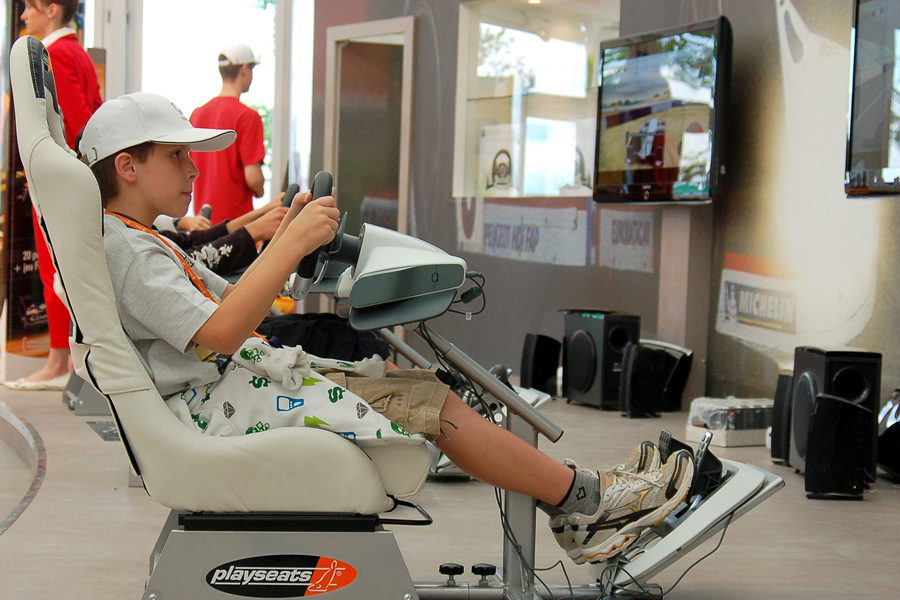
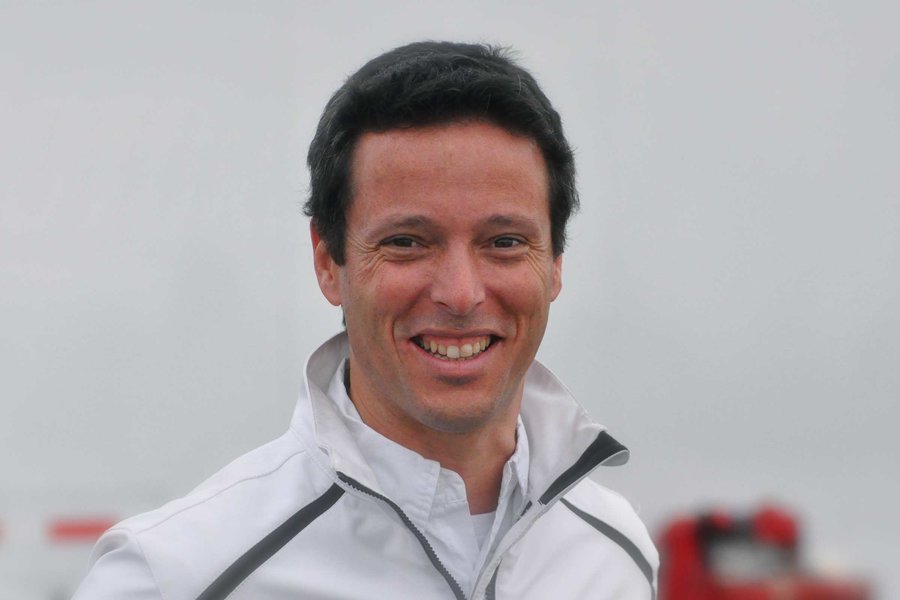
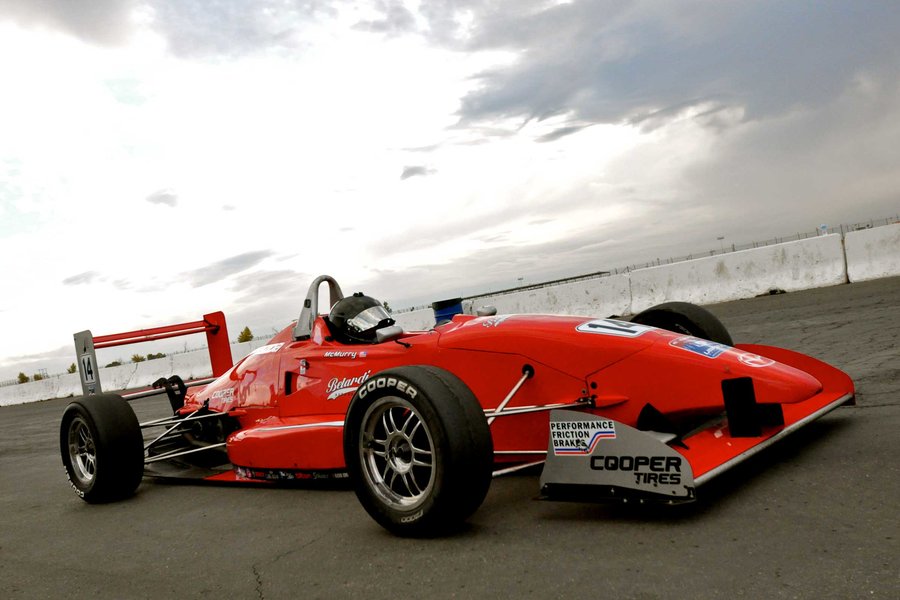
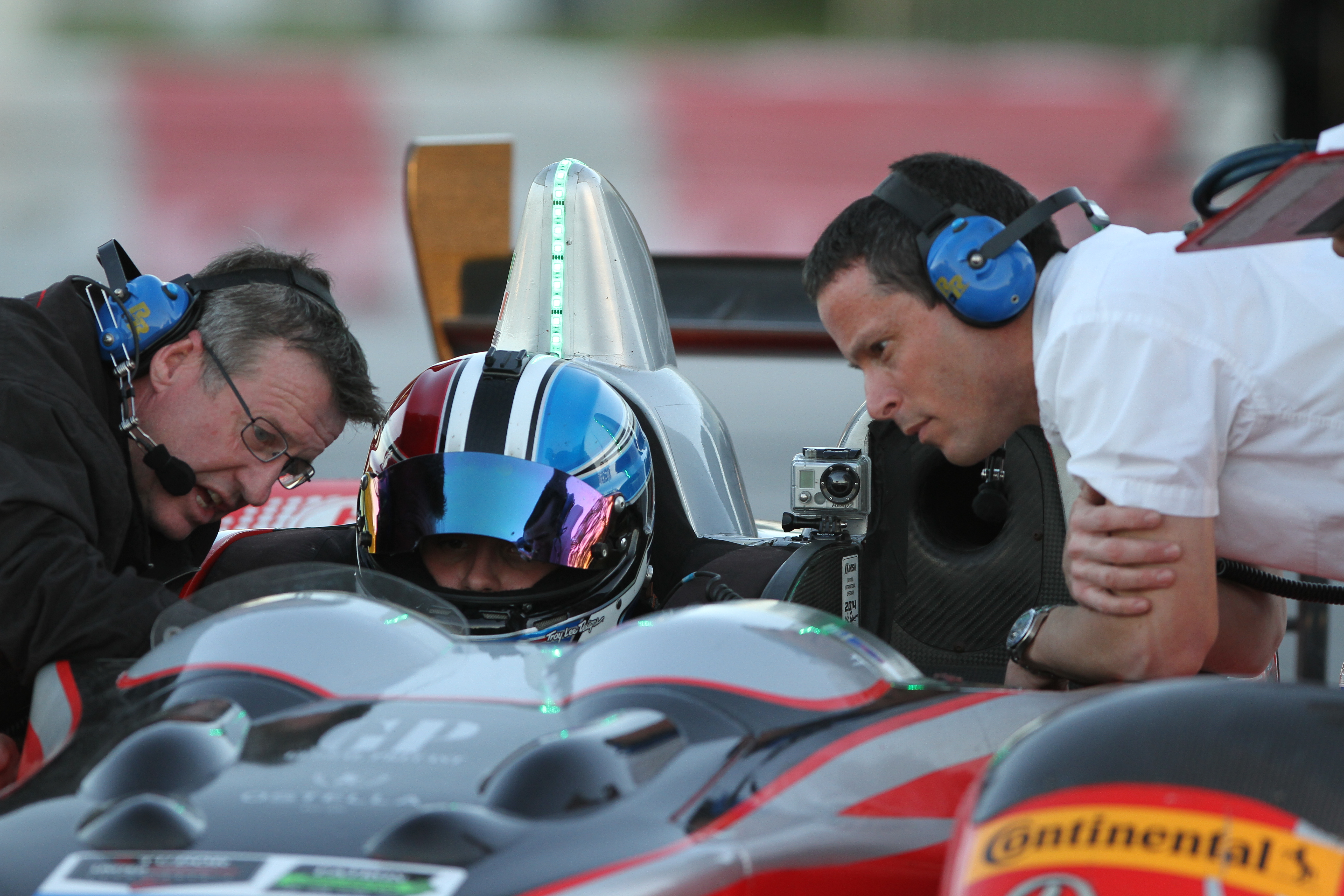
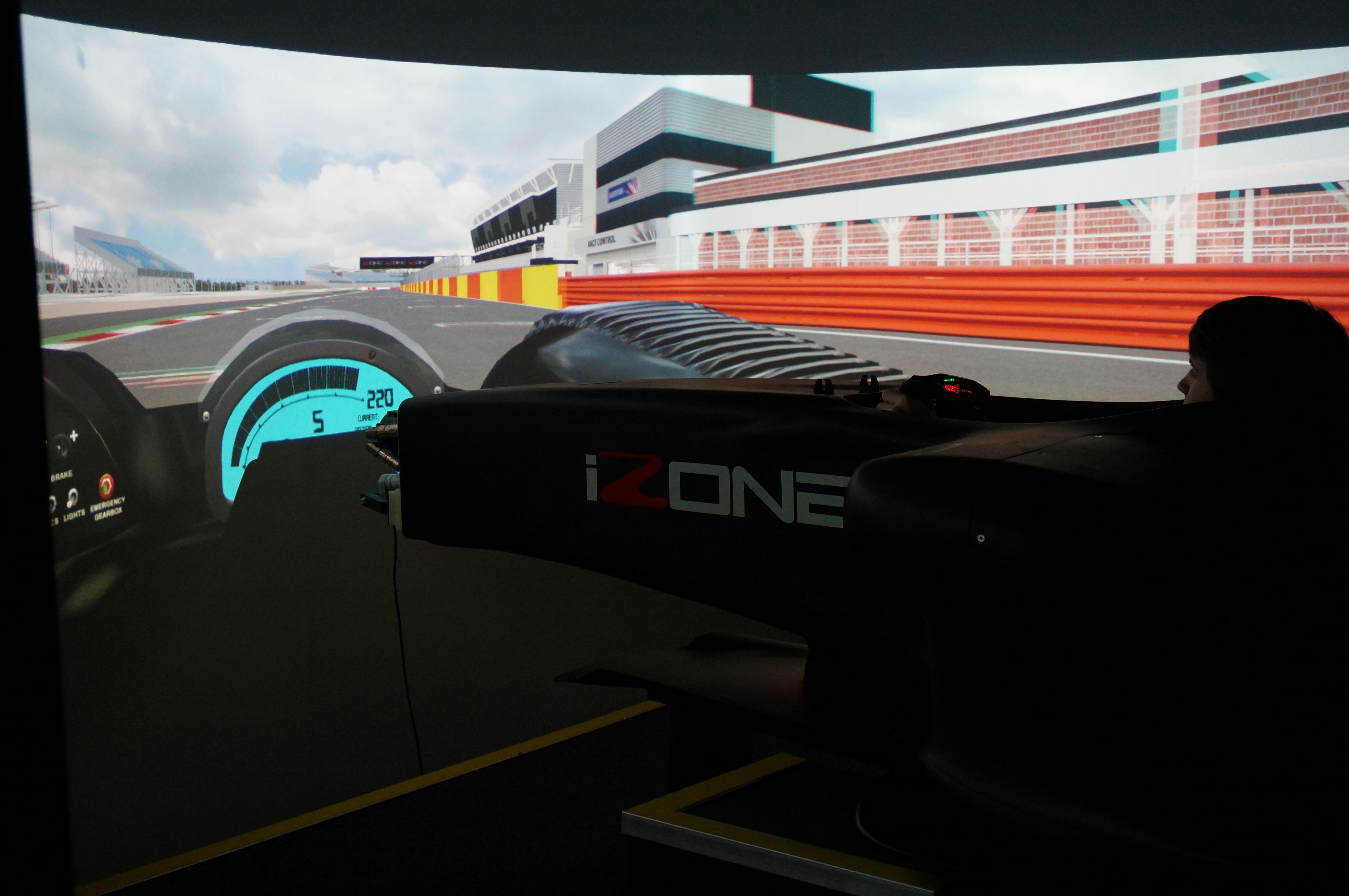

Got something to say?